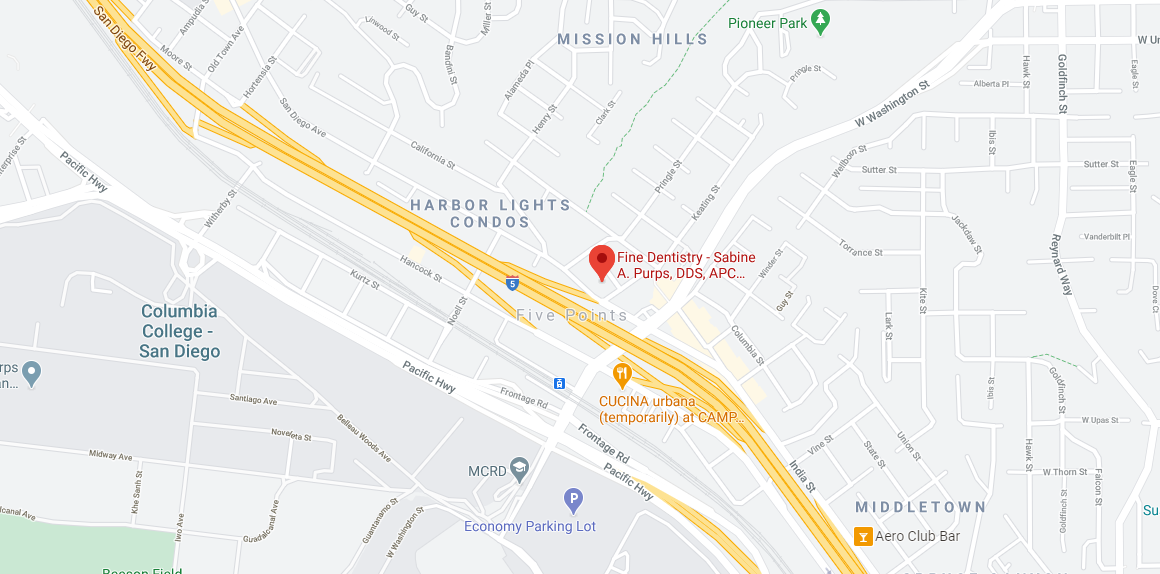What is Dental Bonding?
Most people confuse dental bonding with dental veneers. Well, they are poles apart…
This is a very simple cosmetic procedure. It is used to mend the cracks in a damaged tooth, and to give you stainless, crack-free teeth!
The material used for dental bonding is natural tooth-colored composite resin.
But, why should you get it?
Out of several cosmetic treatments, why should you choose dental bonding? Let’s see what dental bonding has to offer…
- Dental bonding is perfect to fix minor flaws within a tooth.
- They can be used to fix cracks, chips, stains, or gaps in between teeth.
- This can also be used to increase the length of a tooth.
- It is a non-invasive process.
Dental Bonding Procedure:
Let’s start.
To apply this, your dentist will find a shade that matches best with your natural tooth color.
Surprise: Anesthesia is not required in a conventional process.
Fixing the cracks!
After the necessary precautions, your dentist will start the treatment.
First step: roughening the tooth surface. This step is necessary for the bonding to adhere properly to the surface.
Second step: the composite resin solution will be applied to cracked or chipped surfaces and hardened with a laser or light.
Third step: once it is hard and adhered to the surface perfectly, your dentist will give it a finishing touch by trimming and reshaping it to blend with other teeth.
This whole process takes 30-60 minutes to complete.
Types of dental bonding:
There are two basic types of dental bondings: direct and indirect. But, there are two advanced types as well. We’ll discuss it later!
The material used in both the bonding is composite resin. It is flexible, and natural tooth-colored.
Direct Dental Bonding
- This is a quick fix.
- It takes only one dental visit to fix cracks or tooth decay.
Indirect Dental Bonding
- This bonding is also known as inlays.
- It takes two dental visits to fix tooth decay or broken teeth.
- Firstly, an impression is created to fix the imperfection and sent to the laboratory where indirect bonding is molded under high temperature.
- Then, your dentist will fix the crack with the indirect bonding mold.
Now, let’s discuss the advanced methods: composite dental bonding and composite veneer bonding.
Composite Dental Bonding:
- The material for composite bonding is putty-like natural tooth-colored composite resin.
- It takes 30-60 minutes.
- The procedure involved two steps only.
- Adhering composite resin.
- Curing it with a high-intensity light.
Composite veneer bonding:
- Yes, they are dental veneers!
- Composite veneer bonding can change the length, perfect flaws, and color of the teeth.
- It can also fill the gaps.
- Durable.
- It can last for 8-9 years.
- And, your insurance company won’t be able to cover it as it is a purely cosmetic treatment.
Each dental bonding has its own perks and risks. But, they are one of the easiest available options for fixing cracks and getting rid of severe discoloration.
To get dental bonding, contact the best cosmetic dentist in San Diego. Call us now!

